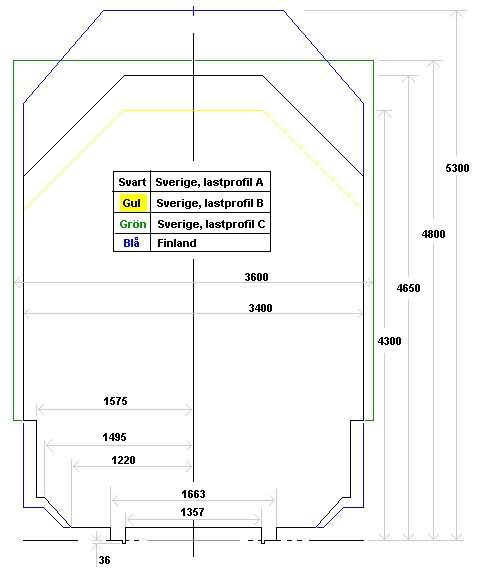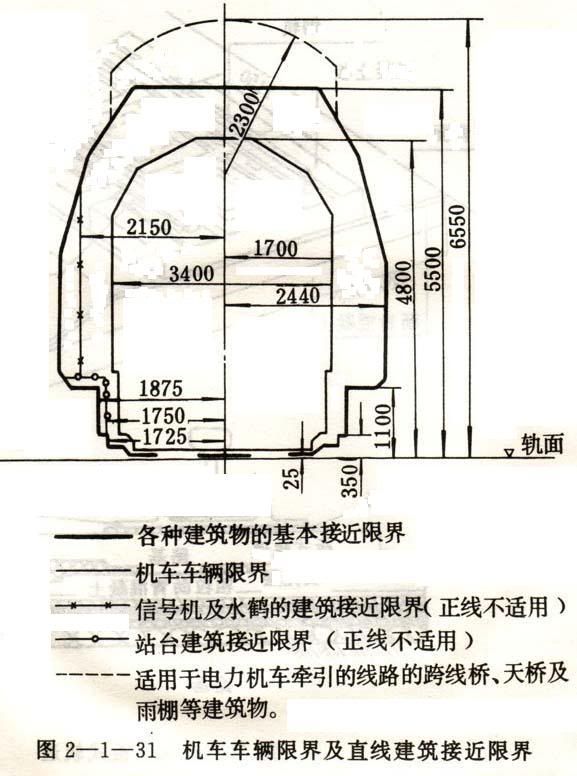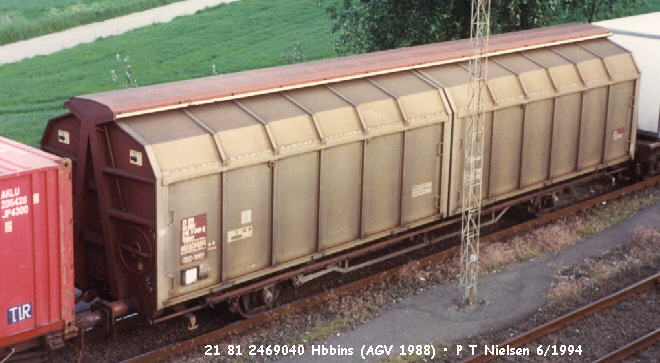
You can send a freight car from Narvik in Norway or from Tornio in Finland down to Bandar Abbas at the Hormous Streat at the inlet to the Persian Gulf.
I have personaly seen the end of the lines in Tornio and Narvik so I traveled by rail down to Bandar Abbas to have a look at the other end. But there was no buffer stops there - there are two complete turning loops.

In Julfa,Iran, there is snow in april. Two and a half day later we were in Bandar Abbas with +32C at 09 AM

If a car is built to UIC 505 loading guage it can go anywhere on the european and asian standard guage,1435 mm, lines. This car also have UIC 505
painted on which is very unusual to see. This car run on russian type bogies and have SA3 automatic couplers.


Right is a guage for Germany which is very simmilar to UIC 505. The UIC 505 is about 350 mm lower. To the left is three swedish and one
finnish loading guage. The finnish and the russian loading guage is very simmilar.
Here under is the american and the chineese to compare with.



A iranian caboose. In Europe most freight trains are run by a driver only. Exeptions are Italy, Roumania, Bulgaria, Turkey and Iran.
http://hem.bredband.net/tilkli/english/ ... _frame.htm
http://hem.bredband.net/tilkli/3_iran_g ... ran_15.htm










